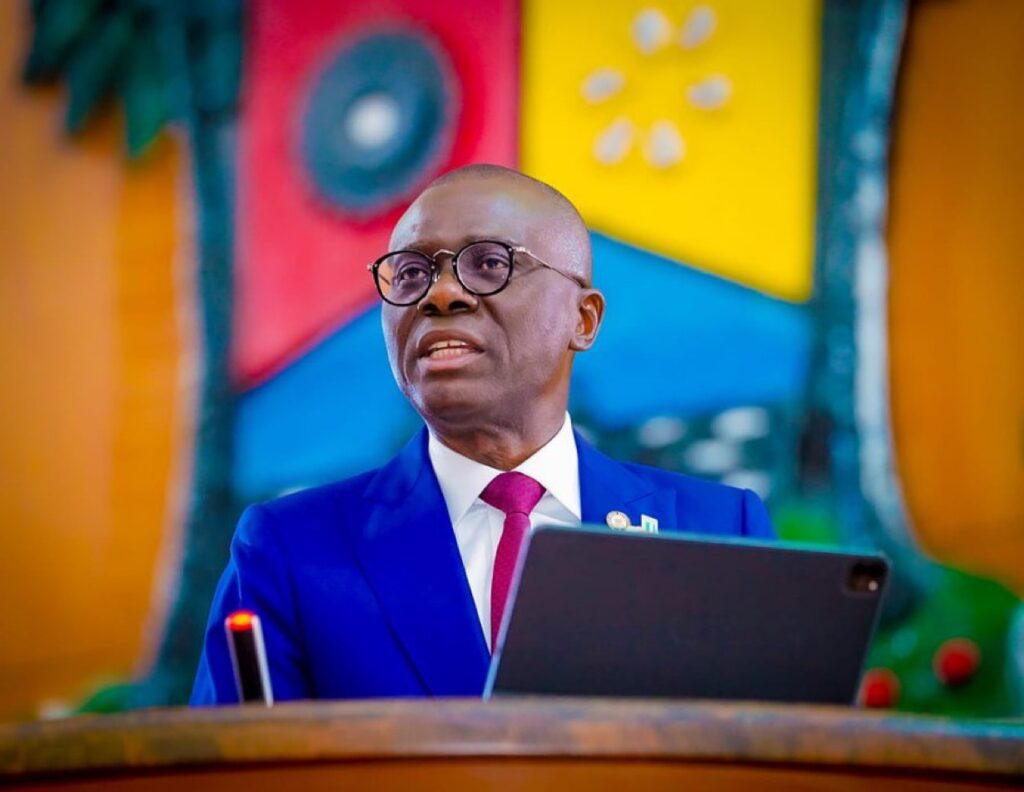By Lukman Olabiyi
At least 18.5 million residents of Lagos have benefited from the state government’s N130 billion social protection interventions, the Commissioner for Economic Planning and Budget, Mr. Ope George, disclosed on Wednesday.
Speaking at the annual ministerial press briefing in Alausa, George outlined the administration’s efforts in delivering targeted subsidies and improving fiscal management as part of Governor Babajide Sanwo-Olu’s scorecard in the second year of his second term.
According to the commissioner, the N130 billion in support was disbursed through initiatives such as the Transport Subsidy Allowance, introduced following the removal of the national fuel subsidy, and the Ounje Eko food programme, aimed at providing affordable, nutritious food for low-income households across the state.
“The state government has delivered N130 billion in Social Protection Support, reaching over 18.5 million Lagosians through coordinated interventions,” George said.
He also highlighted enhanced targeting and delivery of social interventions through the integration of the Lagos State Social Register (LASSR) with the National Identity Number (NIN) database, in collaboration with the National Identity Management Commission (NIMC).
Additionally, 400 enumerators were trained to collect household data across the 20 Local Government Areas, a step George described as vital for evidence-based planning.
On the fiscal front, the commissioner announced a significant boost in the state’s Internally Generated Revenue (IGR), which rose from ₦2.080 trillion in 2024 to a projected ₦2.968 trillion in 2025. He attributed the growth to improved fiscal planning and the timely passage of the 2025 Appropriation Bill.
“The 2024 budget achieved an 87 percent performance rate, reflecting effective implementation across sectors,” he added.
George also noted that the state conducted a cross-sectoral expenditure review to promote equitable resource distribution and held budget consultative forums across all five administrative divisions to align spending with community needs.

